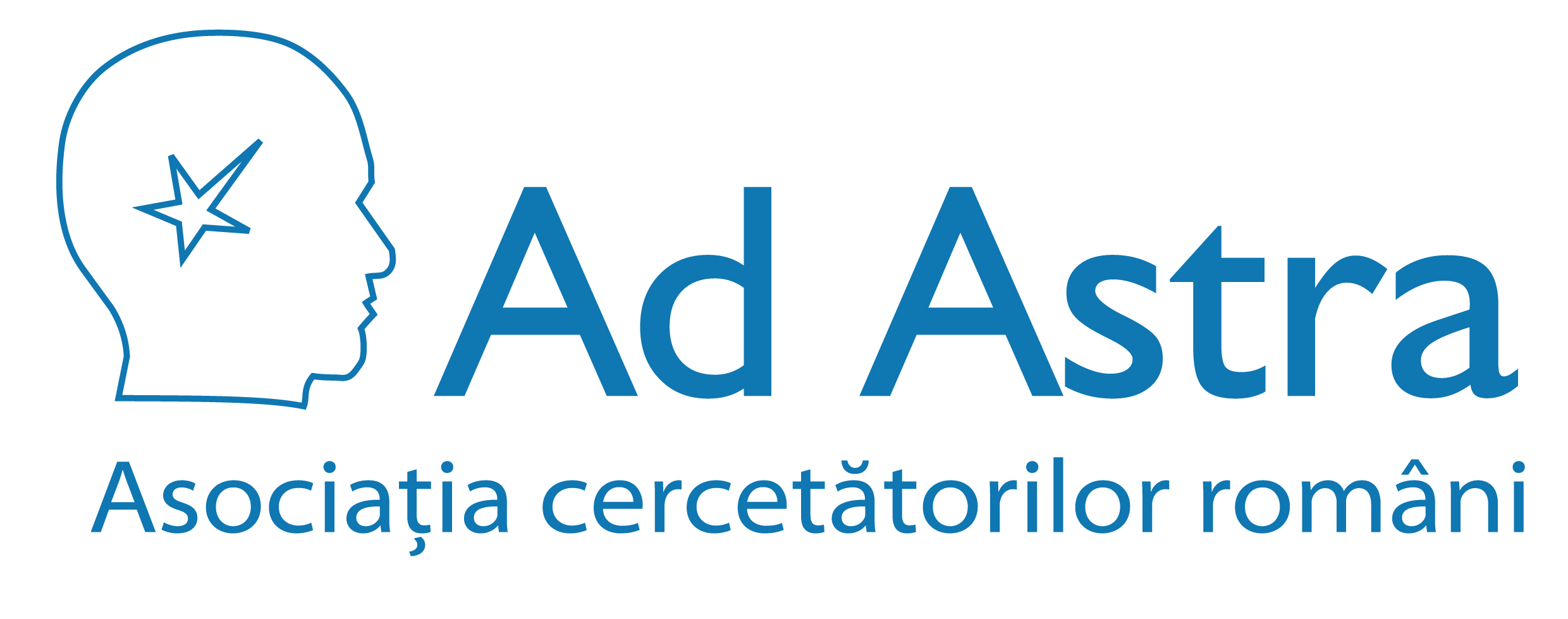Scopul nostru este sprijinirea şi promovarea cercetării ştiinţifice şi facilitarea comunicării între cercetătorii români din întreaga lume.
Staff Login
Tectonics and sedimentation during convergence of the ALCAPA and Tisza�Dacia continental blocks: the Pienide nappe emplacement and its foredeep (N. Romania)
Domenii publicaţii > Ştiinţele pământului şi planetare + Tipuri publicaţii > Capitol de carte
Autori: TISCHLER, M.; MATENCO, L.; FILIPESCU, S.; GRÖGER, H.R.; WETZEL, A.; FÜGENSCHUH, B.
Editorial: Siegersmund, S., Fuegenschuh, B. & Froitzeim, N., Geological Society, London, Tectonic Aspects of the Alpine-Dinaride-Carpathian System, p.317-334, 2008.
Rezumat:
The interplay between the emplacement of crustal blocks (e.g. „ALCAPA”, „Tisza”, „Dacia”) and subduction retreat is a key issue for understanding the Miocene tectonic history of the Carpathians. Coeval thrusting and basin formation is linked by transfer zones, such as the Mid-Hungarian fault zone, which seperates ALCAPA from Tisza-Dacia. The presented study provides new kinematic data from this transfer zone. Early Burdigalian (20.5 to ~18.5 Ma) SE-directed thrusting of the easternmost tip of ALCAPA (Pienides), over Tisza-Dacia is linked to movements along the Mid-Hungarian fault zone and the Periadriatic line, accommodating the lateral extrusion of ALCAPA. Minor Late Burdigalian (~18.5 to 16 Ma) NE-SW extension is interpreted as related to back-arc extension. Post Burdigalian (post-16 Ma) NE-SW shortening and NW-SE extension correlate with „soft collision” of Tisza-Dacia with the European foreland coupled with southward migration of active subduction. During this stage the Bogdan-Voda and Dragos-Voda faults were kinematically linked to the Mid-Hungarian fault zone. Sinistral transpression (16 to 12 Ma) at the Bogdan-Voda fault was followed by sinistral transtension (12-10 Ma) along the coupled Bogdan-Dragos-Voda fault system. During the transtensional stage left-lateral offset was reduced eastwards by SW trending normal faults, the fault system finally terminating in an extensional horse-tail splay.
Cuvinte cheie: Pienides, Miocene, tectonics, Romania

